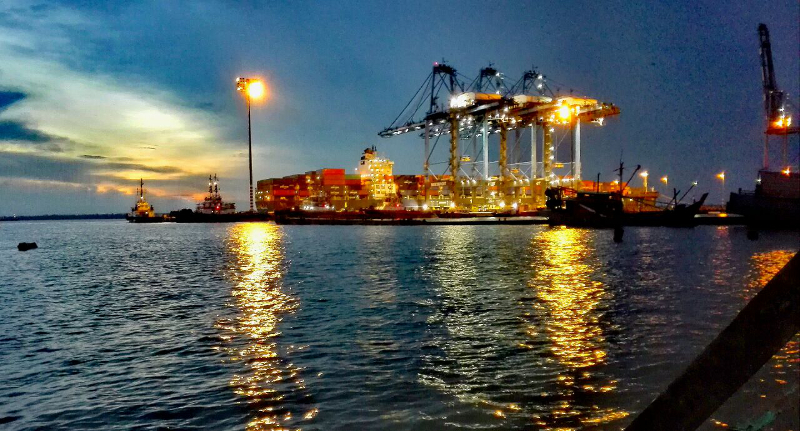KUALA LUMPUR, Sept 13 — The Maritime Pilots of Malaysia (MPM) organisation is concerned that the planned Liquefied Natural Gas (LNG) terminal at Pulau Indah, Port Klang is a violation of public and port safety due to its location near a cruise ship terminal.
Its president and chairman Martin Lim said that while it lauded the government’s efforts in bringing in investment of the LNG terminal and storage facility, the nature of the development needed more consideration due to its hazardous nature.
Lim said the newly planned LNG terminal that is to be located along the Klang Straits is in close proximity and adjacent to the Boustead Cruise Terminal, which is an important cruise terminal in Malaysia that handles large international cruise ships carrying 500,000 people annually.
“The location of the terminal and storage facilities of LNG isn’t suitable. Instead, it must be located in well defined and safe location that does not raised potential hazard to public safety, including safety of navigation/ pilotage and environment.
“LNG is a highly volatile and combustible dangerous cargo. It requires special arrangement in handling and location of operation,” he said in a statement here today.
LNG is natural gas that is extracted along with crude oil from the seabed, which is then compressed exponentially and pressurised into liquid state. LNG has a boiling point temperature of about -162 degree celsius, which means when exposed to the atmosphere, it will swiftly transform into flammable and combustible vapour.
Urging authorities to review the planned LNG terminal and storage facility, Lim said any potential development at Port Klang should not violate public safety at large especially the passengers and crew at the cruise terminal and other port users.
“In addition, any plan mustn’t jeopardise, hamper or endangering existing business and service entities, what more when the subject cruise terminal greatly affected is one of the core maritime cruise centre in Malaysia that has well existed decades ago.
“If the planned LNG terminal persists, it will undeniably affect the operation of the cruise terminal and eventually the Maritime Cruise Industry in Malaysia too,” he said.
The terminal and LNG is a collaboration between Singapore’s Global Petro Storage Group and Norway’s Equinor.
The seven-hectare LPG storage facility is expected have capacity for 134,000 cubic meters of gas, and the six-hectare LNG storage facility is expected to have between 160,000 and 200,000 cubic meters of LNG. It is expected to be completed in 2022.



















